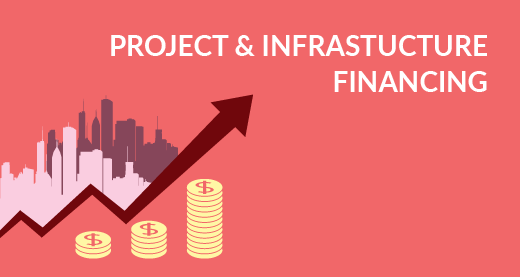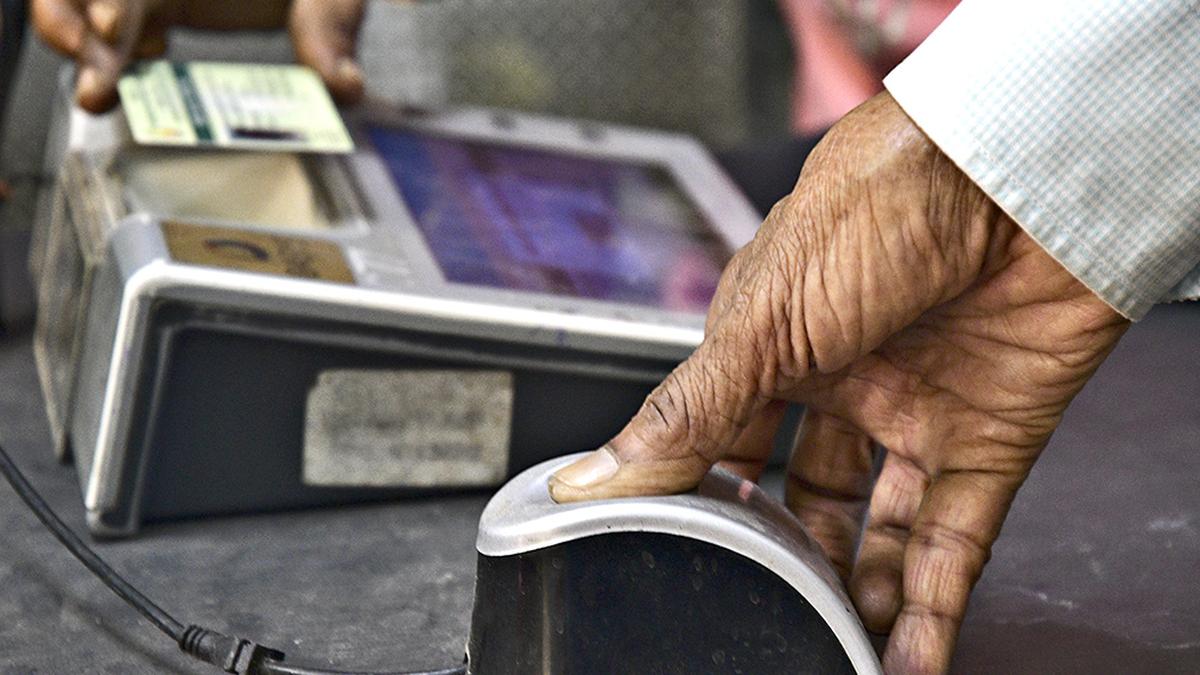Description

Copyright infringement not intended
Context: The National Bank for Financing Infrastructure and Development (NaBFID) has completed its first issuance of listed bonds in the market. The total amount raised by NaBFID through this issuance is ₹10,000 crore, which will be used to fund various infrastructure and development projects across the country.
Details
- India has a huge infrastructure gap that needs to be bridged to achieve its economic and social goals. According to the Economic Survey 2020-21, India needs to spend about $1.4 trillion on infrastructure during 2019-25 to become a $5 trillion economy by 2025.
- However, the traditional sources of infrastructure financing, such as banks, non-banking financial companies (NBFCs), and public sector undertakings (PSUs), are constrained by various factors, such as asset-liability mismatch, regulatory norms, and fiscal constraints.
- To address the challenge, the government has established a new development finance institution (DFI), namely the National Bank for Financing Infrastructure and Development (NaBFID), under an Act of Parliament in 2021.
National Bank for Financing Infrastructure and Development (NaBFID)
- NaBFID was established with a mandate to provide long-term non-recourse finance for infrastructure projects, develop the bond and derivatives markets for infrastructure financing, and catalyze private and foreign investment in the sector.
- It has been set up as a corporate body with an authorized share capital of ₹1 lakh crore, of which ₹20,000 crores has been invested by the central government as equity and ₹5,000 crores as a grant.
- It has the power to raise funds from both domestic and international markets through various instruments, such as bonds, debentures, loans, deposits, and guarantees.
- It has the flexibility to design innovative financial products and structures to suit the needs of different infrastructure sub-sectors and projects.
.jpeg)
Financing Infrastructure and Development in India
- India is one of the fastest-growing economies in the world, with a population of over 1.4 billion people and a GDP of $2.9 trillion. However, India also faces significant gaps in its infrastructure and development, which hamper its economic potential and social welfare.
- According to the World Bank, India needs to invest about 8% of its GDP annually in infrastructure to sustain its growth rate and meet the aspirations of its citizens. However, the current level of investment is only about 4% of GDP, leaving a huge financing gap of about $1.5 trillion over the next decade.
Many challenges hinder the mobilization and allocation of financial resources in India. Some of the major challenges are:
Low public spending
- The public sector is the main source of infrastructure financing in India, accounting for about 70% of the total investment. However, public spending on infrastructure is constrained by fiscal deficits, debt sustainability and competing priorities.
- Public spending is often inefficient, delayed and prone to corruption. For example, according to a report by NITI Aayog, only 21% of the central government's infrastructure projects were completed on time between 1990 and 2014.
Limited private participation
- The private sector can play a vital role in bridging the financing gap for infrastructure and development, by bringing in capital, technology, innovation and efficiency. However, private participation in India is limited by several factors, such as policy uncertainty, regulatory hurdles, land acquisition issues, contractual disputes and weak dispute resolution mechanisms.
- The private sector also faces challenges in accessing long-term finance from domestic and foreign sources. For example, according to a report by Crisil, the PPP projects in India have declined by 60% in terms of value between 2012 and 2017.
Underdeveloped financial markets
- The financial markets in India are underdeveloped and unable to meet the long-term financing needs of infrastructure and development projects. The banking sector is dominated by public-sector banks, which are burdened by high non-performing assets and low capital adequacy ratios.
- The bond market is shallow and illiquid, with limited participation from institutional investors such as pension funds and insurance companies.
- The equity market is volatile and subject to capital flight risks.
- The foreign direct investment (FDI) inflows are erratic and concentrated in a few sectors. For example, according to a report by RBI, the FDI inflows into India declined by 15% in 2020-21 compared to the previous year.
Inadequate institutional capacity
- The institutional capacity for planning, implementing and monitoring infrastructure and development projects is inadequate in India.
- There is a lack of coordination among various ministries, departments and agencies at the central and state levels.
- There is also a shortage of skilled manpower and technical expertise in these sectors. The project appraisal, approval and execution processes are cumbersome and time-consuming.
- The monitoring and evaluation systems are weak and lack transparency and accountability. For example, according to a report by CAG, the cost overrun of the central government's infrastructure projects was Rs 3.66 lakh crore as of March 2018.
To overcome these challenges and finance infrastructure and development in India effectively and efficiently,
there is a need for a comprehensive and holistic approach that involves multiple stakeholders and instruments.
Some of the possible ways forward are:
Enhancing public spending
- Public spending on infrastructure and development needs to be increased substantially and sustainably while maintaining fiscal prudence and debt sustainability. This can be achieved by improving tax revenue collection, rationalizing subsidies and expenditure priorities, leveraging public assets for revenue generation and attracting concessional finance from multilateral and bilateral sources.
- For example, the government has launched several flagship schemes such as Bharatmala, Sagarmala, UDAY, AMRUT, Smart Cities Mission etc. to augment public spending on infrastructure.
- The government has also signed several agreements with development partners such as World Bank, Asian Development Bank (ADB), Asian Infrastructure Investment Bank (AIIB), New Development Bank (NDB) to access concessional finance for infrastructure.
Encouraging private participation
- Private participation in infrastructure and development needs to be encouraged through conducive policies, regulations and incentives. This can be done by creating a stable and predictable policy environment, simplifying the regulatory framework, expediting land acquisition and environmental clearances, strengthening contract enforcement and dispute resolution mechanisms, providing risk guarantees and viability gap funding and facilitating public-private partnerships (PPPs).
- For example, the government has introduced several reforms such as the Model Concession Agreement, the Hybrid Annuity Model, the Infrastructure Investment Trusts (InvITs) etc. to attract private investment in infrastructure.
- The government has also established several institutions such as the National Investment and Infrastructure Fund (NIIF), the India Infrastructure Finance Company Limited (IIFCL), the National Highways Authority of India (NHAI) etc. to support private participation in infrastructure.
Developing financial markets
- The financial markets in India need to be developed further to provide long-term finance for infrastructure and development projects. This can be done by strengthening the banking sector, deepening the bond market, diversifying the equity market, liberalizing the FDI regime and promoting alternative sources of finance such as green bonds, infrastructure investment trusts (InvITs) and development finance institutions (DFIs).
- For example, the government has taken several measures such as recapitalizing public sector banks, introducing the Insolvency and Bankruptcy Code (IBC), launching the National Infrastructure Pipeline (NIP), easing the FDI norms etc. to develop the financial markets for infrastructure.
- The government has also proposed to set up a new DFI with a capital of Rs 20,000 crore to provide long-term finance for infrastructure.
Building institutional capacity
- The institutional capacity for infrastructure and development needs to be built up at all levels of governance. This can be done by enhancing inter-ministerial and inter-governmental coordination, improving human resource and technical capacity, streamlining project appraisal, approval and execution processes, establishing robust monitoring and evaluation systems and ensuring transparency and accountability.
- For example, the government has created several platforms such as the PRAGATI, the NITI Aayog etc. to improve coordination and decision-making for infrastructure projects.
- The government has also launched several initiatives such as the Skill India Mission, the Digital India Programme etc. to enhance human resource and technical capacity for infrastructure and development.

Conclusion
- Financing infrastructure and development in India is a daunting but achievable task. It requires a concerted and coordinated effort from all stakeholders, including the government, the private sector, the financial sector, the civil society and the international community. By investing in infrastructure and development, India can unleash its full economic potential and improve the lives of its people
https://www.thehindubusinessline.com/money-and-banking/nabfid-raises-10000-crore-through-listed-bonds/article66972493.ece








